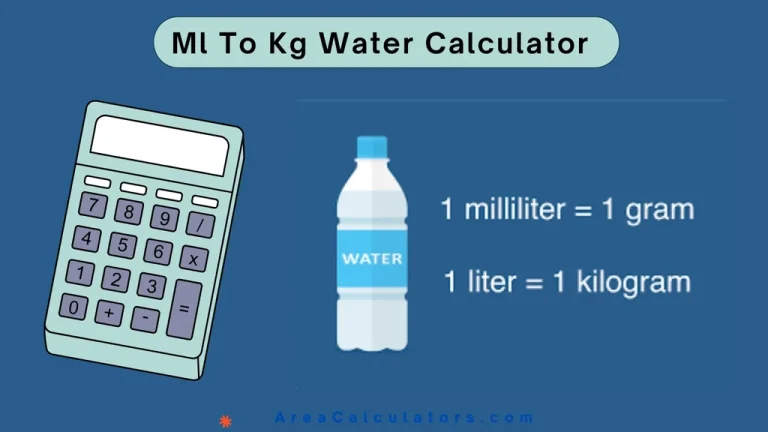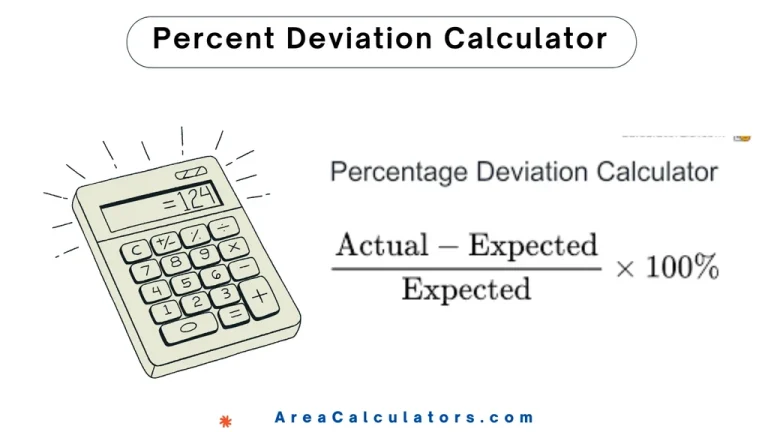To calculate wavenumber from wavelength, simply take the inverse of the wavelength. Ensure the wavelength is in centimeters, and the result will be in cm⁻¹, which is the standard unit for wavenumber.
The Cm to Wavenumber Calculator allows you to convert wavelengths (in cm or nm) to wavenumbers (cm⁻¹). This tool is particularly useful for applications in spectroscopy and physics, providing an easy way to switch between wavelength and wavenumber.
Formula:
Where:
- W = Wavenumber (in cm⁻¹)
- λ = Wavelength (in centimeters)
| Variable | Description |
|---|
| W | Wavenumber (cm⁻¹) |
| λ | Wavelength (in centimeters) |
Example Calculation:
Let’s assume you have a wavelength (λ) of 500 nm (which is 500 × 10⁻⁷ cm).
Using the formula:
So, the wavenumber is 20,000 cm⁻¹.
| Step | Calculation | Result |
|---|
| 1 | Convert wavelength from nm to cm | 500×10−7=5×10−5cm |
| 2 | Take the inverse of the wavelength | 5×10−51=2×104cm−1 |
What is Cm to Wavenumber Calculator ?
A Cm to Wavenumber Calculator is used to convert units of wavelength (in centimeters) into wavenumbers, typically measured in cm⁻¹ (inverse centimeters). The wavenumber is defined as the number of wave cycles per unit distance and is often used in spectroscopy and physics.
Tools like the cm to wavenumber calculator or wavenumber to wavelength calculator help automate this process, providing quick conversions. This is essential in fields like spectroscopy, where wavenumbers are frequently used to describe light or radiation in terms of frequency rather than wavelength.
In physics, converting from frequency to wavenumber or using tools like the cm⁻¹ to Hz calculator helps further explore relationships between energy, frequency, and wavelength. Understanding what cm⁻¹ is and using it effectively is important in both theoretical and applied physics, such as in analyzing radiation, waves, and molecular transitions.




